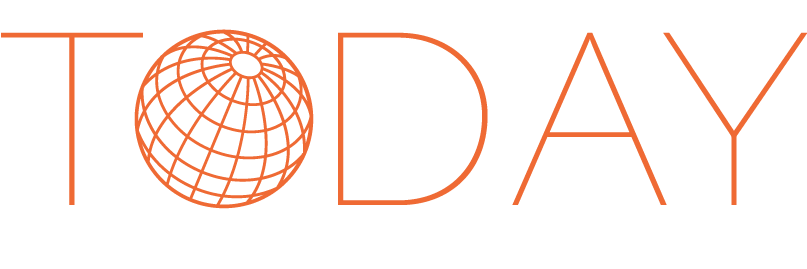The role of an occupational hygienist and the risks considered
The world of work is changing, and for those at the frontline of occupational health today, remote and hybrid working, an ageing and transient workforce and increased employment across SMEs present significant challenges when it comes to managing worker health.
These range from an increase in compliance issues, employees presenting with little case history or with a range of symptoms from unrecognised hazards, and employers who fail to see the benefit in investing in OH.
Occupational hygienists are here to jointly navigate these. With their expertise in early workplace risk identification and management, they reduce illness and injuries before long-lasting detrimental health effects take hold. Proactively armed with scientific evidence, the advice and awareness they communicate aids with future health protection and disease prevention.
In this blog we examine the role of an occupational hygienist, what risks they must consider, and how they can work collaboratively to empower those in occupational health, together creating complementary informed and effective multi-disciplinary teams.
What is the role of an occupational hygienist?
A science professional, they work to protect and enhance worker health, identifying potential chemical, biological, physical, and ergonomic hazards, and their control to minimise any risk to employees. In so doing they also ensure legal compliance.
Their responsibilities divide into three categories:
1. To anticipate and identify hazards
Often unaware of employees’ risk exposure, an employer may not realize that it is taking place or the levels to which it is.
Through a workplace risk assessment, an occupational hygienist will determine what roles and work areas present a problem in terms of potential risk to health.
They will look at risks which include but are not limited to; chemicals under Control of Substances Hazardous to Health (COSHH); noise; hand-arm vibration; whole body vibration; heat; asbestos; mould; legionella; and airborne contaminants such as dust and RCS.
Exposure to these even for a short period, if not controlled, can result in serious and possibly fatal health consequences for the individual concerned.
2. Quantify and evaluating the risks from identifiable hazards
Once identified, expert measuring of risk takes place using a range of in-person and technological methods to determine the requirement of intervention.
This ranges from personal exposure sampling and monitoring such as wearable technologies, Local Exhaust Ventilation (LEV) testing, air quality sensors measuring Carbon Monoxide, humidity, CO², gases and temperature, blood sampling testing, and background sensors.
3. Control the risk
Using the hierarchy of hazards control, the occupational hygienist advises and provides practical and cost-effective solutions to help eliminate, substitute and reduce exposure to the hazard.
If elimination or substitution cannot take place, then the next step is technical or engineering controls such as modifying equipment or introducing ventilation.
Alongside this they look at administrative controls in terms of changing the duration, frequency, and intensity of a task. Finally, they undertake to ensure the correct and consistent use of PPE and RPE.
How can occupational hygienists empower those in occupational health?
Both professions see the same individuals, occupational hygienists in the workplace, and occupational health practitioners in clinics. Their goal is the same, to improve worker health and make employees lives better yet often they work independently.
Whilst each has visibility of differing parts of the workforce health journey, greater collaboration and a timely sharing of knowledge would lead to proactive rather than reactive decisions around cause and effect with long term benefits.
For example, the reporting of health outcomes and screenings by an occupational health practitioner prior to workplace risk assessments, would help identify which hazards to assess and determine the effectiveness of subsequent control measures.
Conversely, giving an occupational health practitioner knowledge around exposure levels in advance, means they have a clearer idea of what to screen for.
An occupational hygienist is at the centre of exposure risk management and can drastically improve and enhance workplace conditions.
In revisiting today’s public health challenges and the continued high statistics around worker ill-health, occupational health and hygiene specialists must strengthen their partnership, realise their shared purpose, and continue to engage the workforce and employers together.
With 12,000 lung disease deaths each year alone attributed to workplace exposure, working in silos is no longer an option.

